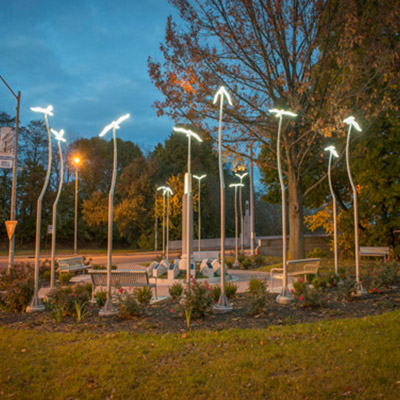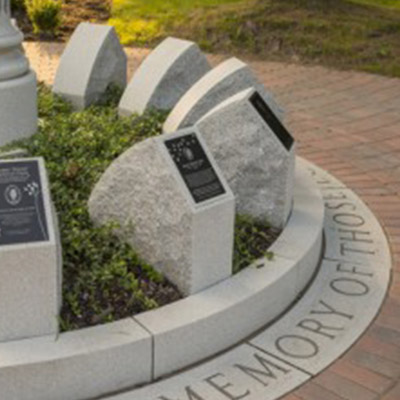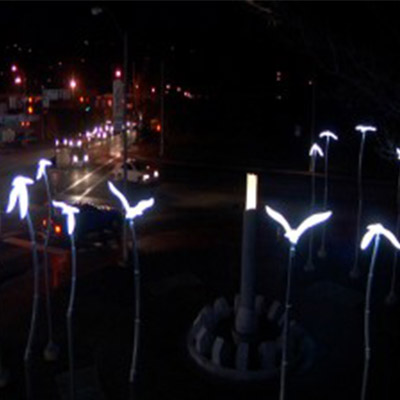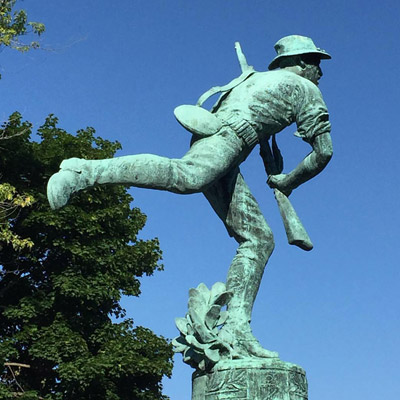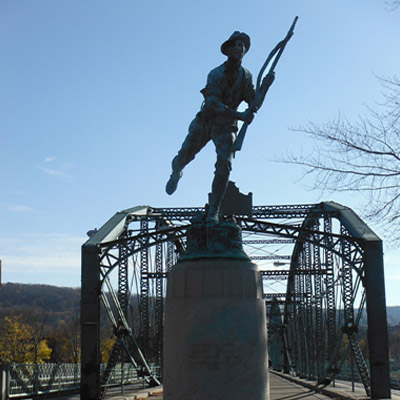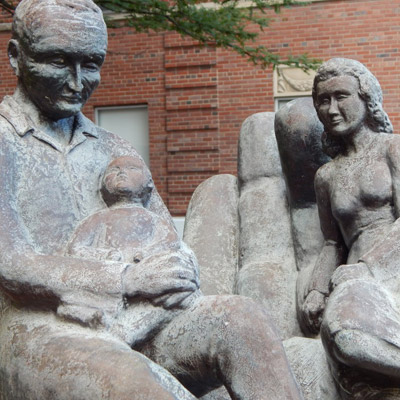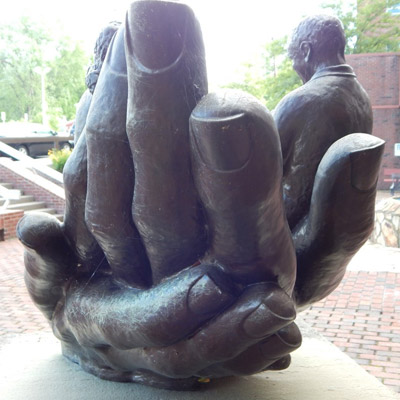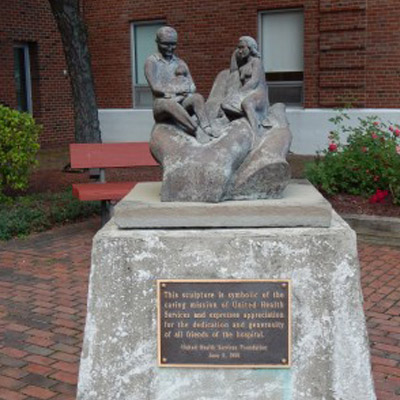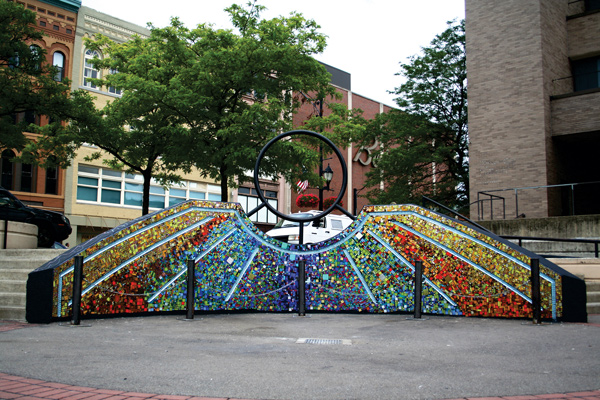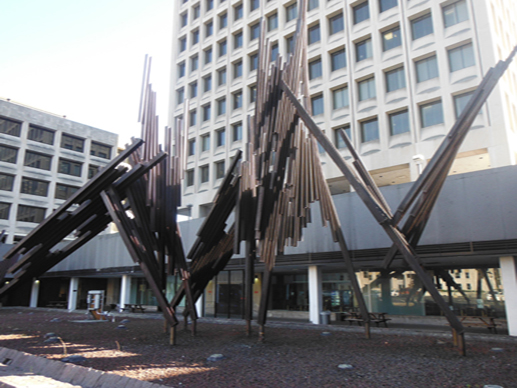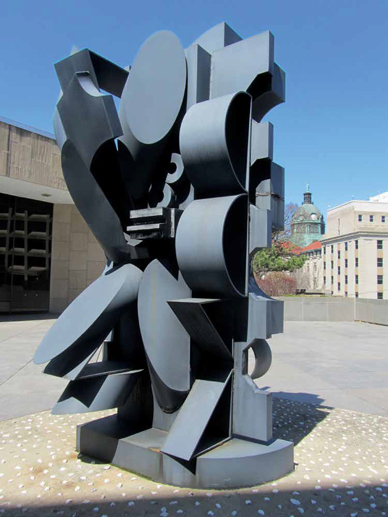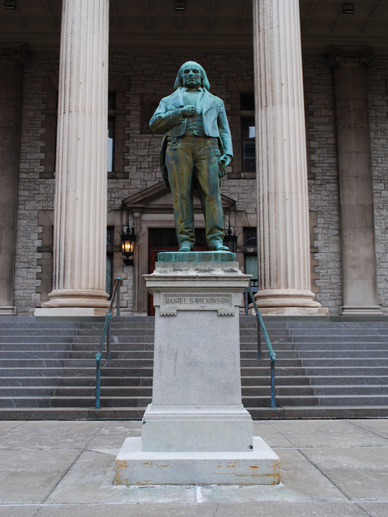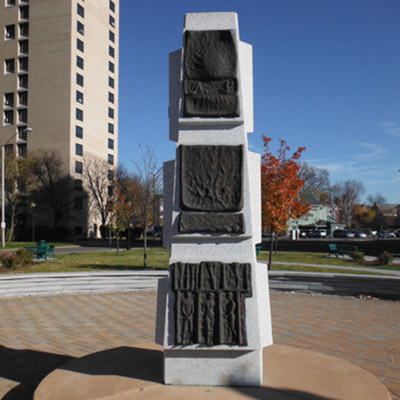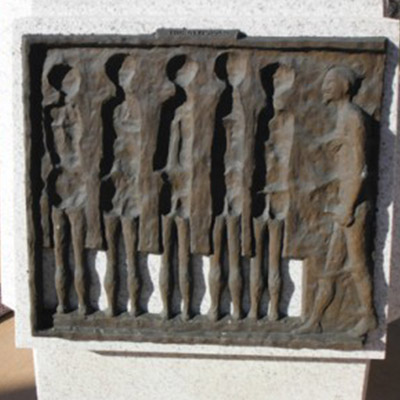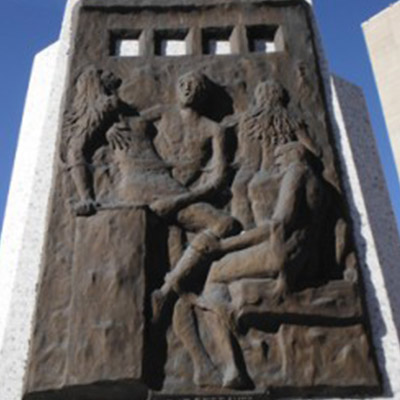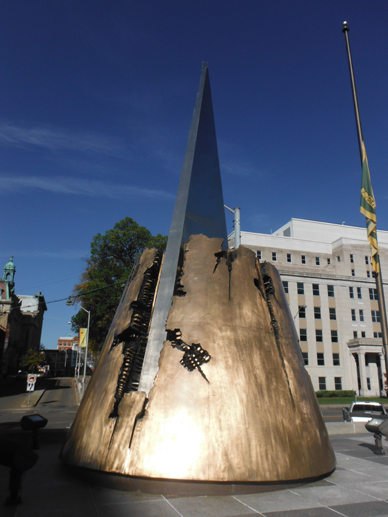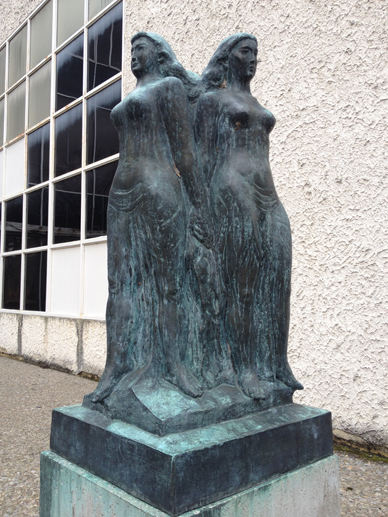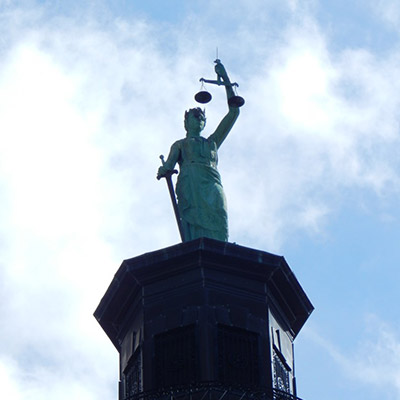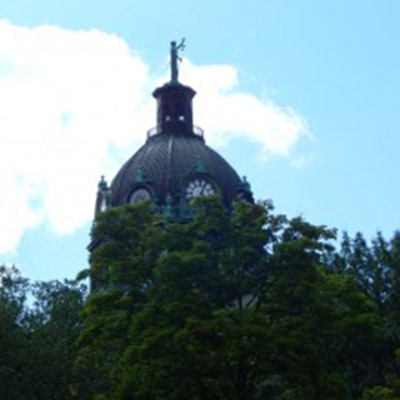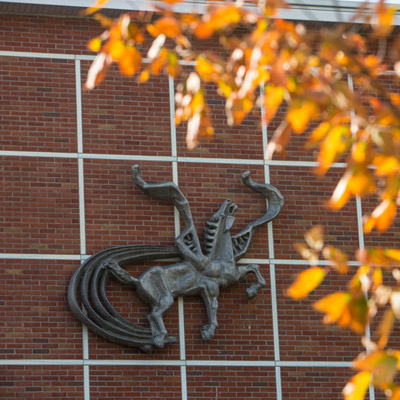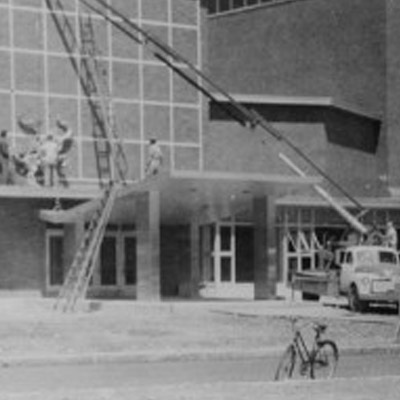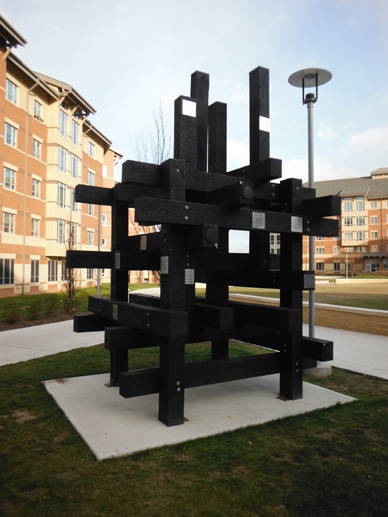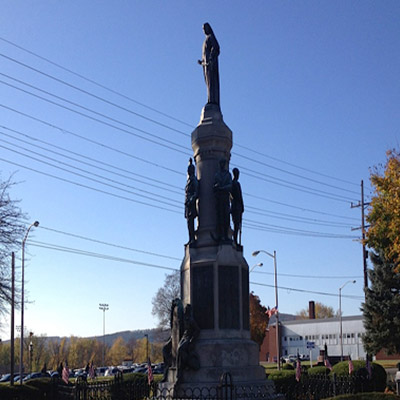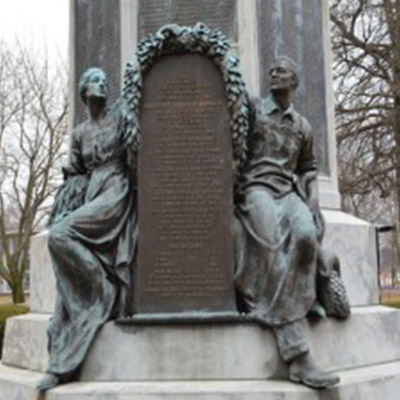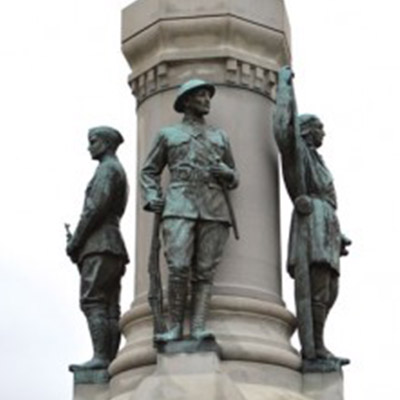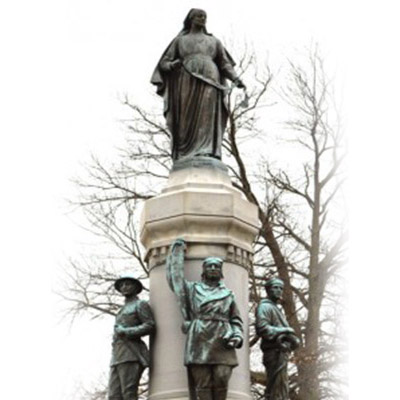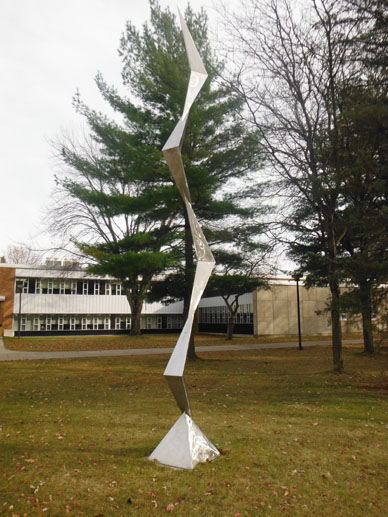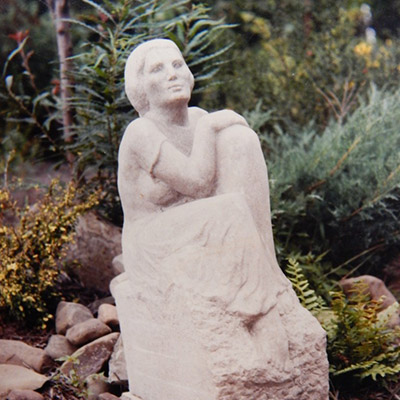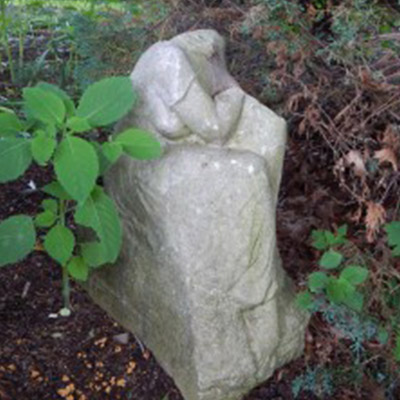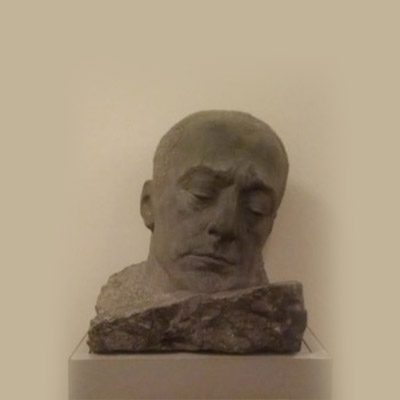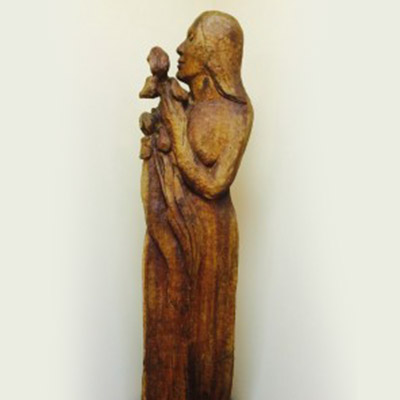Reviewed by Sherri Strichman
A large and appreciative audience was at The Forum Sunday afternoon (Oct. 20) when Tri-Cities Opera opened its 2019-2020 season with a single performance of Puccini’s Tosca. When the lights dimmed, the well-known Scarpia motif rang out, the curtain went up, and off we went.
The scenic design (Robert Little/AmarA*jk) captured the atmosphere in all three acts. First was the church setting with its statuary, public and private spaces, metal bars and the platform on which Cavaradossi worked to paint his portrait of Mary Magdalene. Its near emptiness, suitable for a working artist, filled little by little until the glory of the “Te Deum.”
The second act, by contrast, showed Scarpia’s plush apartment, the dwelling of a rich, powerful, corrupt and evil man with its artwork and furniture, even its own prie-dieu. Act III featured a central statue that was ironic in its placement in the prison yard of the Castel Sant’Angelo. Well done!
In the title role, Jill Gardner presented a powerful voice, drawing the lines of her character with a double rainbow of colors — girlish delight, cajolery, jealousy, religious fervor, passionate love and hatred, anguish. Whew! The exhausting display seem to energize rather than enervate Gardner as the afternoon flew by.
John Pickle was equally strong as Cavaradossi. His voice was characterized by warmth and charm in his dealings with Tosca, revolutionary steel in Act II, regret and hope in Act III.
As Scarpia, Daniel Scofield also presented quite a range of colors. His declaration of his preference for Tosca over God cut through the “Te Deum” with chilling effect as the curtain came down on Act I. At home in his apartments, we could hear the snide undertones as he derided the “moonlight and sighs” of most lovers (Supertitles courtesy of Pensacola Opera). He portrayed villainy so well there were boos as well as cheers during his curtain call.
Performances of the smaller roles were a mixed bag — some strong, some not. John Shelhart as the Sacristan, Kevin Bryant as Spoletta and Wm. Clark Snyder as the Jailer always add depth to the proceedings. Marc Webster was weak as Angelotti, as was Gina Moscato in the shepherd boy’s solo (possibly because of her position offstage).
The chorus (directed by John Cockerill) and children’s chorus (directed by Maria Aimoniotis were well-taught and sang lustily. In particular let it be noted that the children were able to sing and move at the same time which bodes well for their future as opera choristers.
The lighting (Herrick Goldman, designer) in Act III was miraculous. The slow fade from the night sky to sunrise was detectable only in its results. Beautiful!
Costume coordinator Susan Johnson did her usual lovely job. Tosca looked every inch the diva. But why, oh why was she wearing that ash brown, almost blonde wig when Cavaradossi clearly contrasts Tosca’s darkness with the fairness of the woman in his painting?
The production was guided by stage director JJ Hudson. Movement on stage was purposeful, economical and sensible. Tosca’s backwards leap from the parapet was great fun to watch.
The orchestra, conducted by Andrew Bisantz, was dynamic, able to play softly at times and sounding professional except for some sour, uncoordinated strings once or twice. One small quibble (which is probably due, in part, to the construction of the theater): All those lovely, lush Puccini phrases washed over the singers and drowned them out, unless they were all the way downstage or on the stage right platform. During the first intermission, I moved from Row G Orchestra to a seat in the balcony, where the sound was much better.
The audience loved the production, and so did I.
Worth the price? Yes, but buy your seat in the balcony when Puccini’s on the program.


